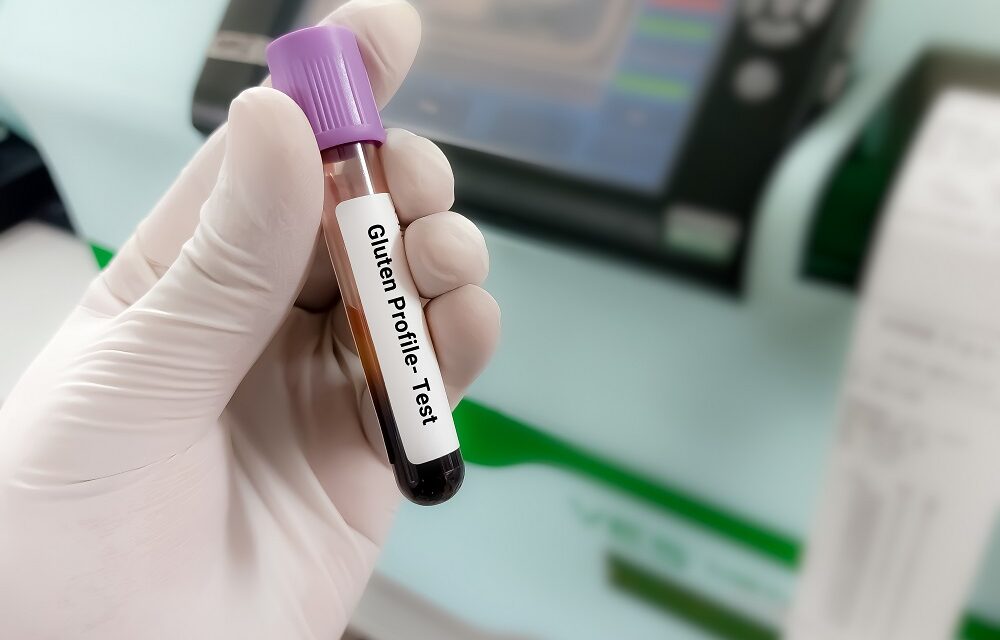Celiac Disease: Recent Research and Clinical Progress

By Annette Pinder
Celiac disease, a chronic autoimmune disorder triggered by gluten consumption, affects millions worldwide. For years, the primary treatment has been strict avoidance of gluten—proteins found in wheat, barley, and rye—requiring patients to stay constantly alert and face social difficulties. However, recent advances in research and clinical care offer hope for more precise and effective management.
Understanding Genetic and Environmental Factors.
The development of celiac disease is complex, involving genetic components—especially HLA-DQ2 and HLA-DQ8 haplotypes—and environmental influences. Recent genome-wide association studies have uncovered new genetic markers beyond the traditional HLA genes, offering a more detailed view of disease risk and progression. Researchers are also investigating how early-life factors, such as microbiome composition and the timing of gluten introduction, affect disease development.
Innovations in Diagnosis.
Historically, diagnosing celiac disease required invasive small intestine biopsies. Today, blood tests for tissue transglutaminase (tTG-IgA) and deamidated gliadin peptide (DGP) antibodies are standard tools. Recent advances include highly sensitive point-of-care tests and non-invasive screenings for at-risk populations. Additionally, improvements in imaging and capsule endoscopy are enhancing the ability to visualize intestinal damage and monitor healing.
Novel Therapeutics on the Horizon.
While a gluten-free diet remains the cornerstone of therapy, new approaches aim to provide alternatives or adjuncts.
- Enzyme Therapy: Researchers are investigating oral enzymes that can break down gluten peptides before they trigger an immune response, potentially enabling greater dietary flexibility.
- Immune Modulation: Clinical trials are in progress for drugs that target immune activation pathways, such as larazotide acetate, which may help restore gut barrier integrity and reduce inflammatory responses.
- Vaccines: Early-stage studies are testing vaccines aimed at inducing immune tolerance to gluten, with the goal of preventing or reducing illness in genetically predisposed individuals.
- The Microbiome Connection. Growing evidence emphasizes the important role of gut microbiota in celiac disease. Researchers are exploring probiotics and focused microbial therapies to restore the gut ecosystem, which may help reduce symptoms and promote mucosal healing.
Living with Celiac Disease:
Digital Solutions. Recent years have seen the release of mobile apps and online platforms to help celiac patients identify safe foods, monitor symptoms, and connect with others. These digital tools enhance daily management and improve the quality of life for individuals affected by the disease.
Conclusion.
With rapid advances in genetics, diagnostics, therapeutics, and digital health, the outlook for people with celiac disease is more hopeful than ever. As research progresses, it is hoped that management will expand beyond dietary restrictions to include personalized medicine, ultimately achieving long-term remission.
Learn more about celiac disease by visiting www.beyondceliac.org and www.celiac.org. If you’d like to connect with other Western New Yorkers who have Celiac disease, visit https://www.buffaloglutenfree.org.











